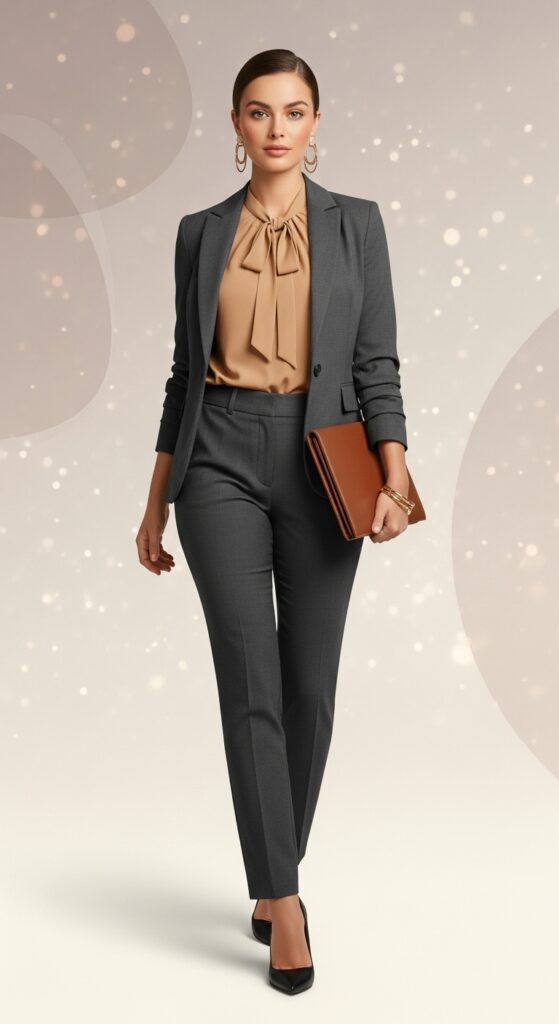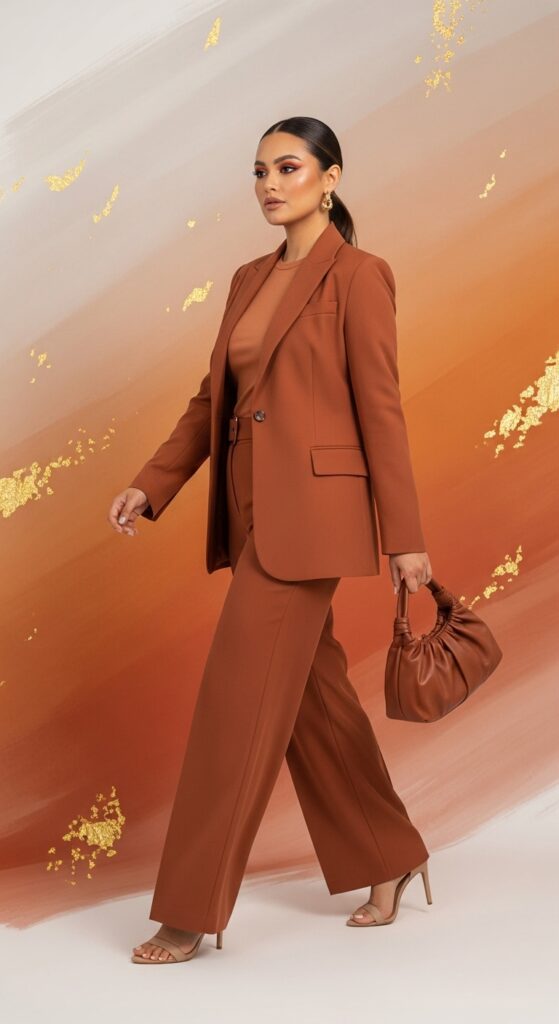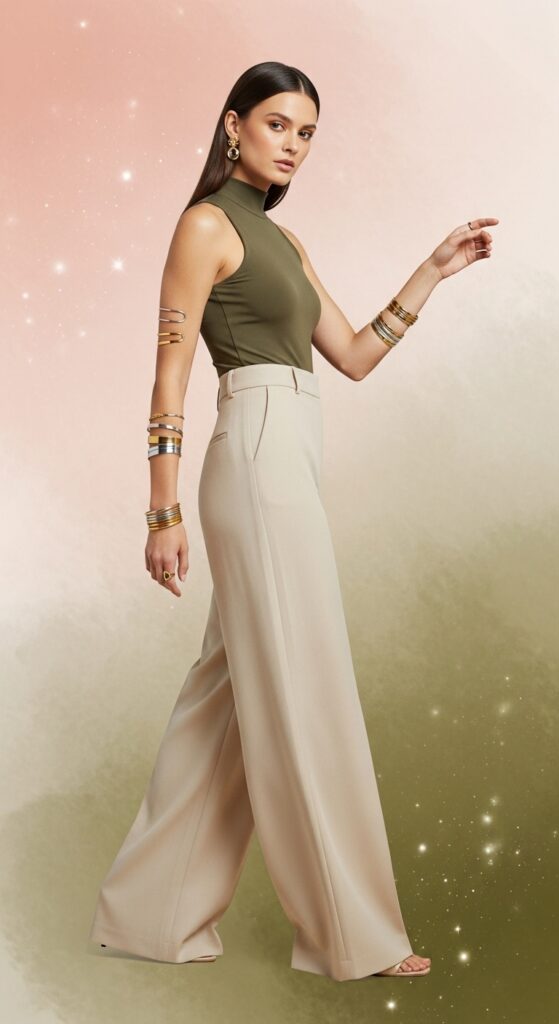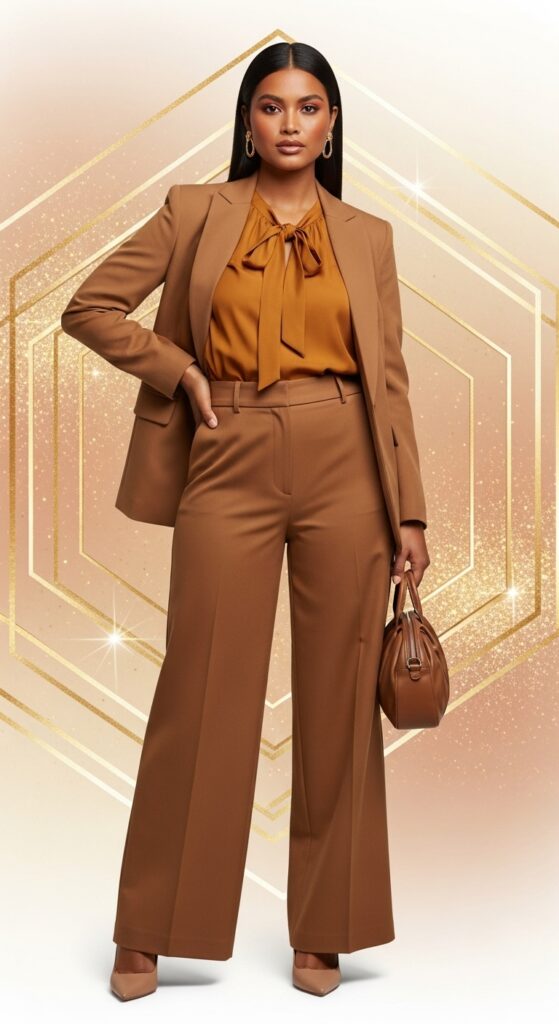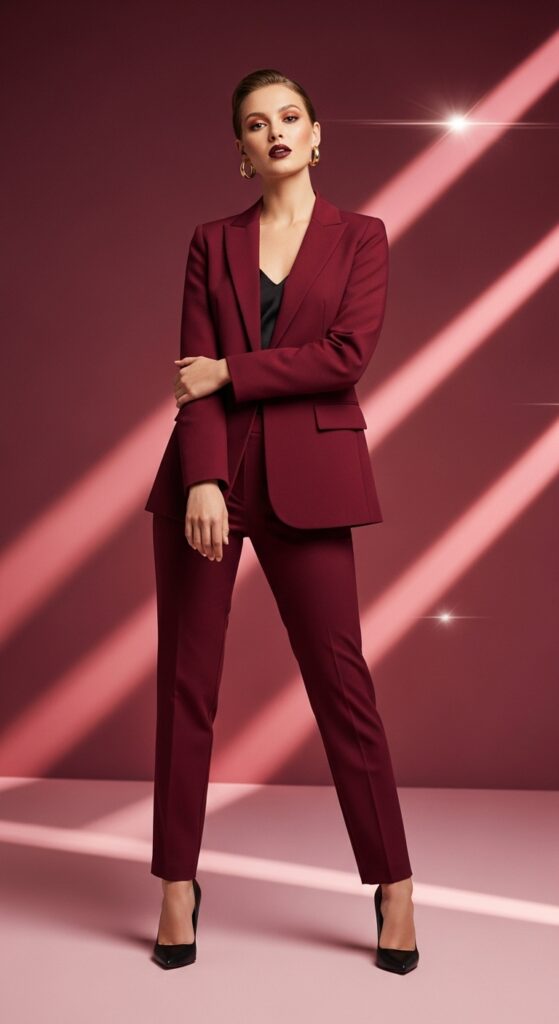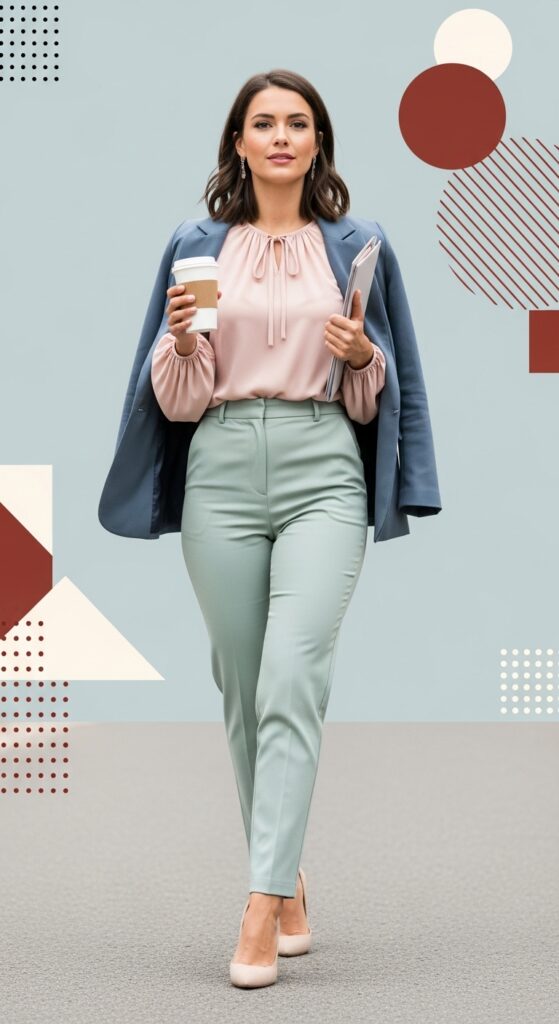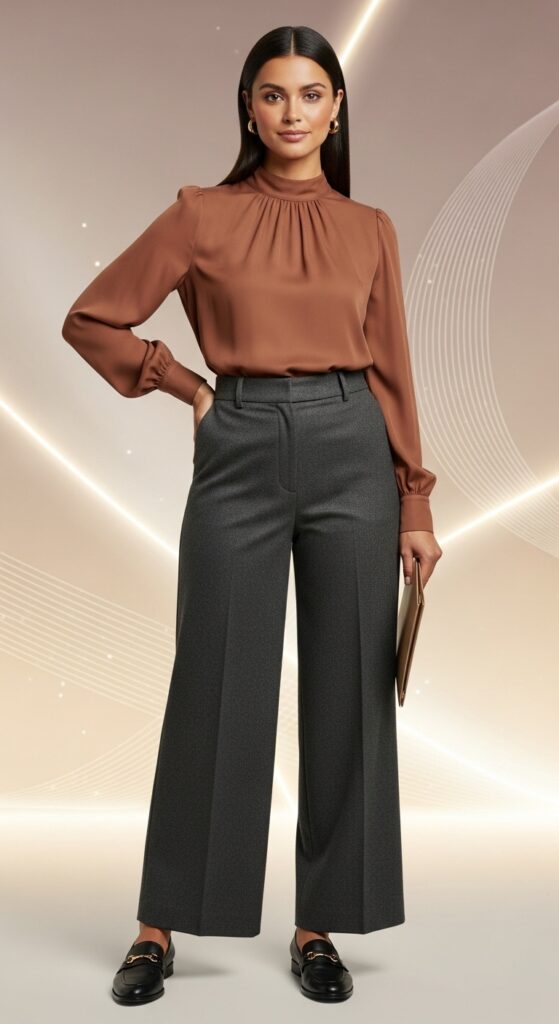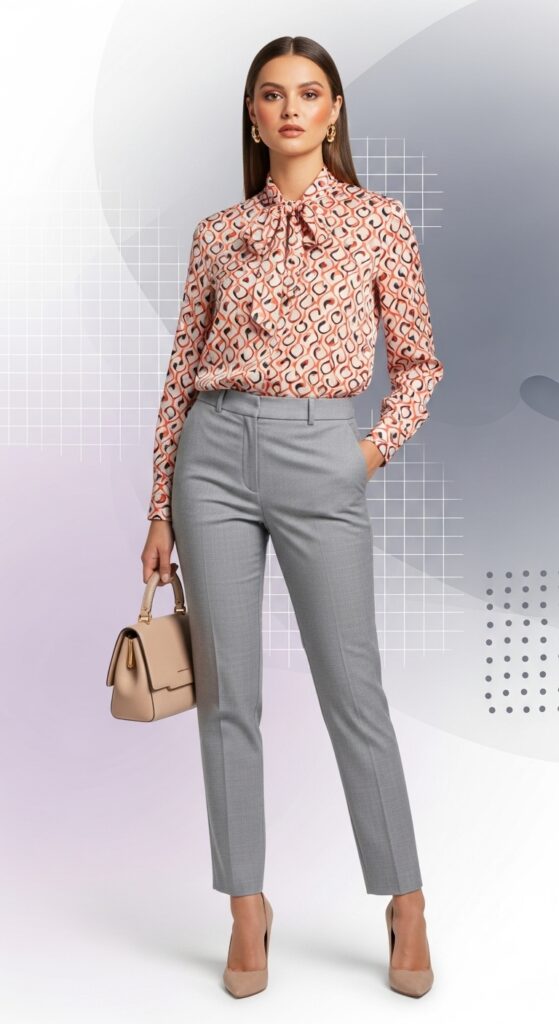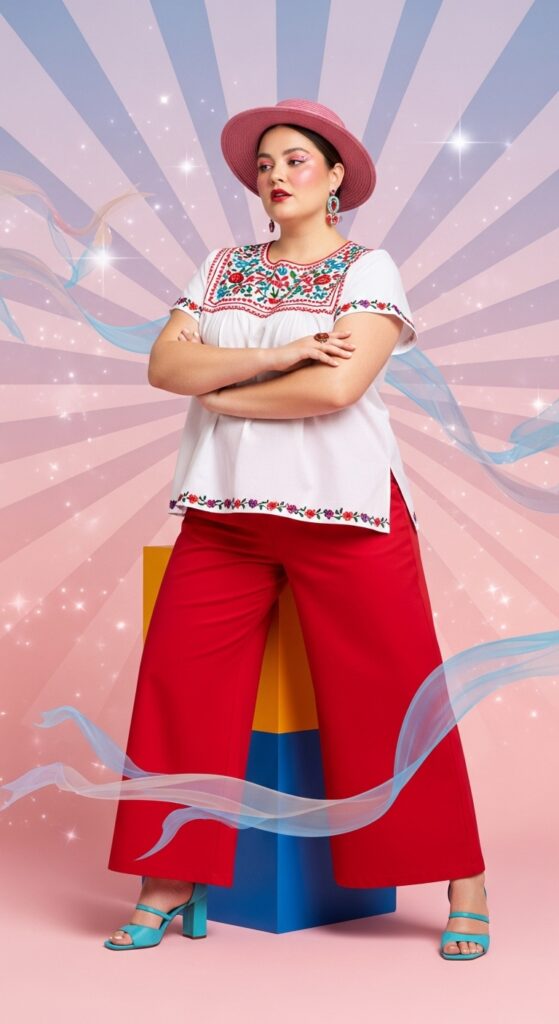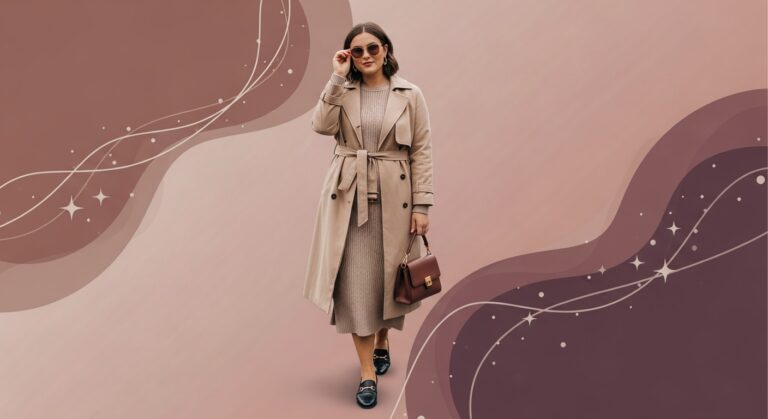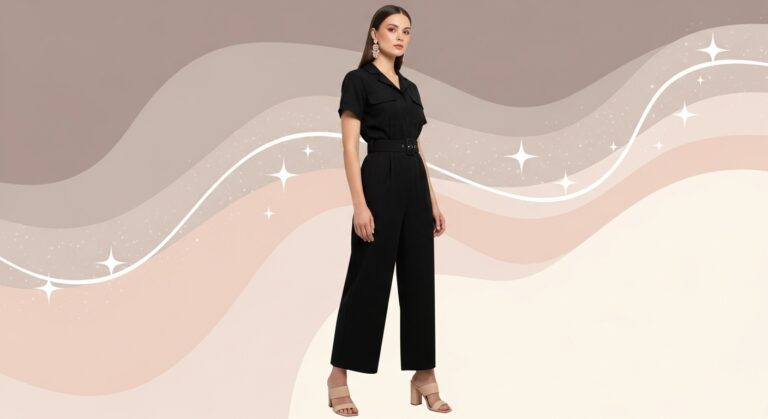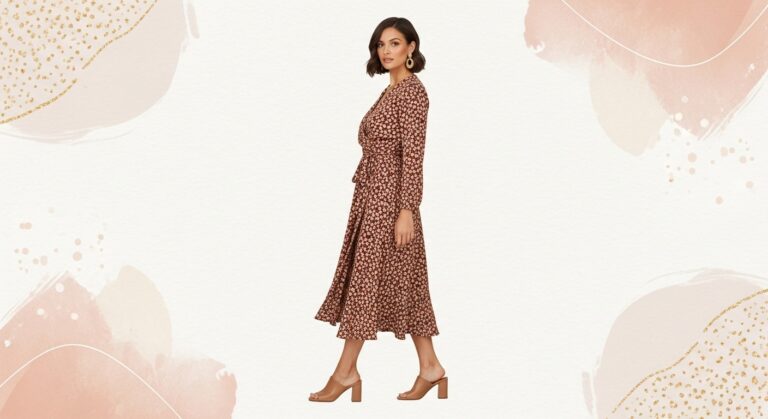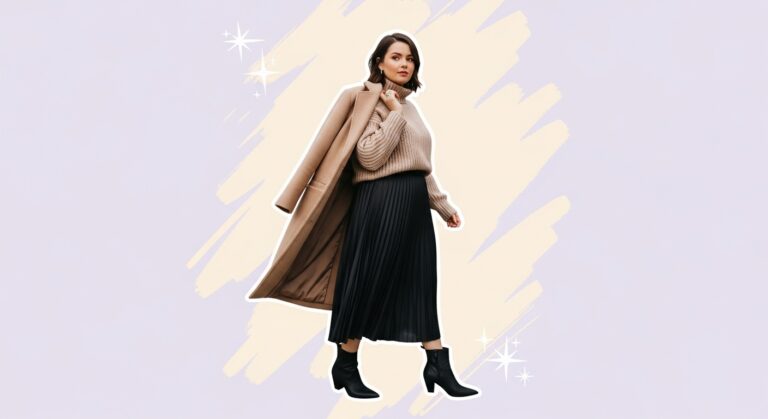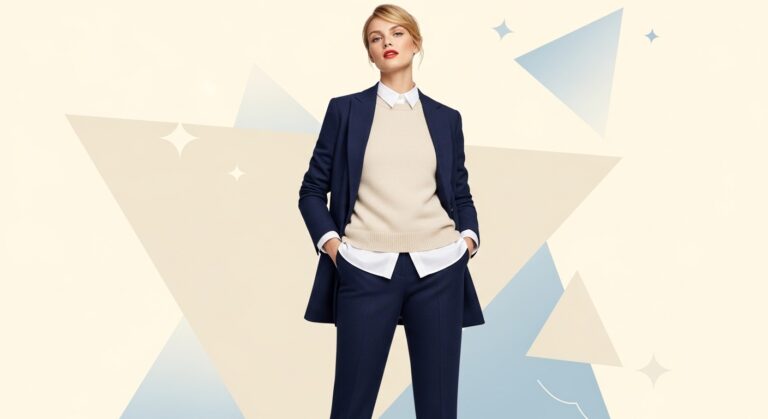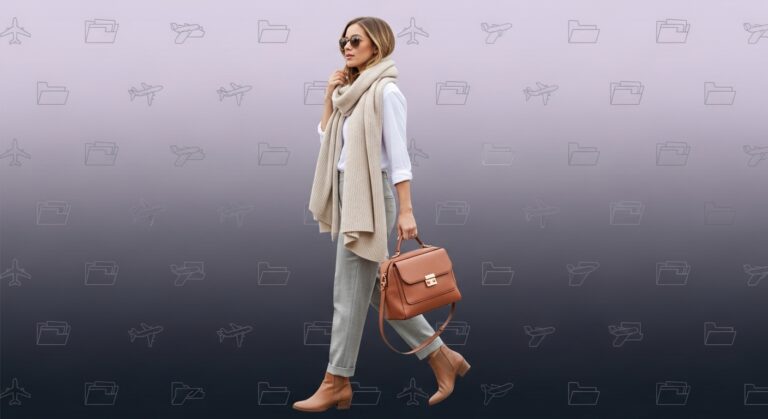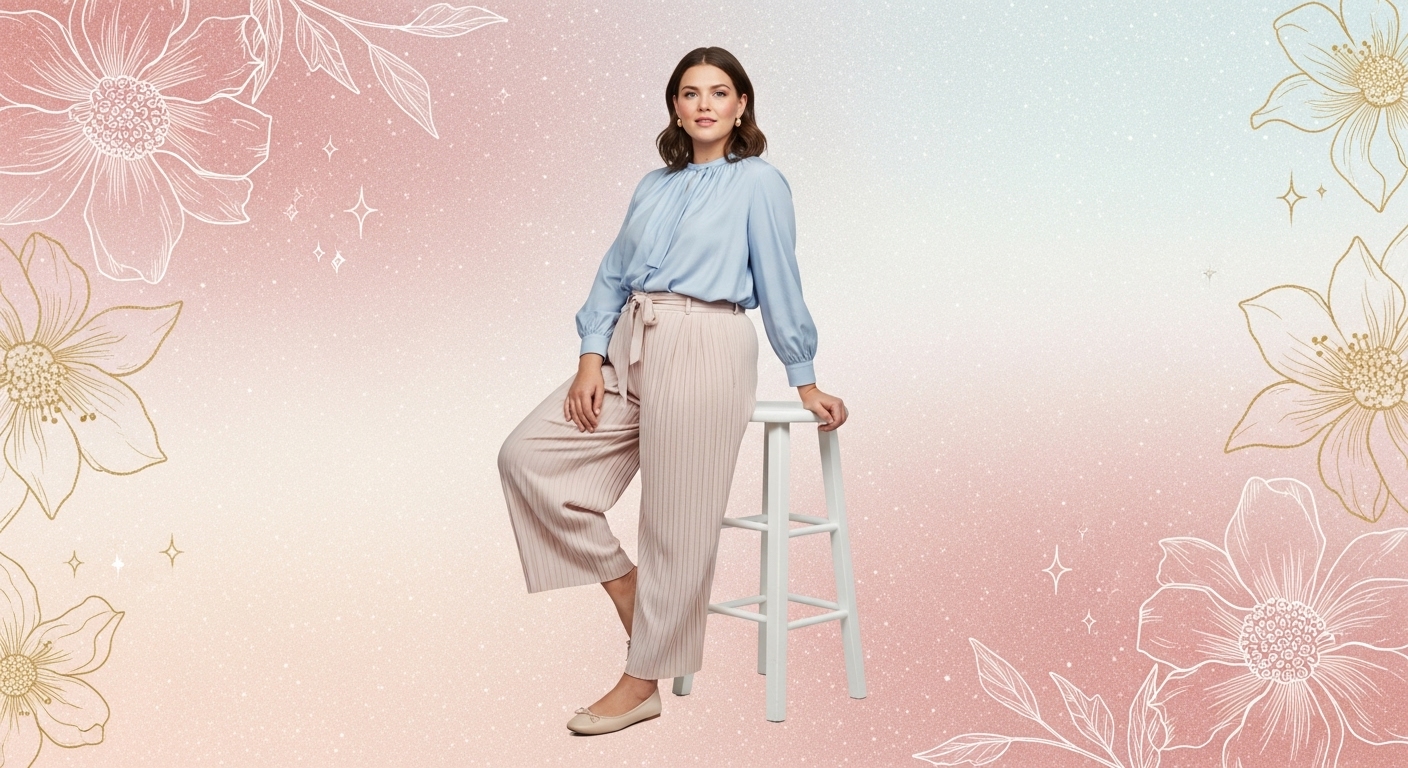
I would shuffle through navy suits, cream blouses, charcoal trousers, only to end up changing three or four times before leaving for work. Each outfit seemed to drain the life from my face or make me look washed out. The frustration grew with every new purchase that failed to “fix” the problem. Even with racks of options, I felt invisible in my own skin.
Everything changed the day a friend snapped a candid photo during a coffee run. I barely recognized myself, not because of a bad hair day or an awkward angle, but because the pale pink shirt I had chosen made me look tired. That moment sent me searching for answers, not in the latest trend, but in the quiet science of color. It turns out, knowing which shades make your skin glow is the real foundation of style confidence. No trendy blazer or designer heel will do that for you.
The more I learned, the more my closet began to feel like an ally. Once I understood how colors played against my skin, picking out an outfit became the easiest part of my day. I realized style isn’t about chasing every new collection or buying what looks good on a model. It’s about the subtle art of harmony—between your unique features and the hues you wear.
Here’s what helped me, and what might help you too, if you’ve ever wondered why some outfits seem to work like magic, while others just don’t.
10 Simple Ways to Choose Workwear Colors That Flatter Your Skin Tone
- Notice how your skin reacts to gold versus silver jewelry; this often hints at your natural undertone.
- Check your veins in natural light—blue or purple usually means cool undertones, while greenish veins suggest warm ones.
- Choose warm shades like honey, camel, or olive if gold jewelry looks best on you.
- Pick cool tones such as navy, berry, or charcoal if silver is your go-to.
- Hold different colors near your face in daylight and see which ones brighten your features.
- Don’t forget neutrals; soft white, blush, and taupe often flatter many skin tones.
- Mix and match a few core shades for a more versatile work wardrobe.
- Test colors in both natural and office lighting before committing to a new piece.
- Use accessories in your best colors to liven up neutral outfits.
- Trust your instincts; when a color makes you feel confident, it’s probably the right choice.
Why Color Feels Personal
Standing under fluorescent lights at work, I noticed how the wrong shade could turn a good mood into self-doubt. An icy blue blouse left me looking drained, while a warm terracotta shirt brought out a softness in my cheeks. Suddenly, color felt intimate, almost like a secret language.
For many women, workwear is more than a uniform—it’s an extension of how we want to be seen and how we want to feel. The right color lifts your features, adds energy to your presence, and signals confidence without saying a word. The wrong one can leave you tugging at your sleeves or hiding behind your desk. I began to see why my friend’s olive jacket made her look so radiant, while the same shade left me feeling out of place.
Choosing workwear colors isn’t just about rules or seasonal palettes. It’s about tuning into your own story—your complexion, your undertones, the way your skin catches the morning light. Wearing the right shades can feel like a gentle form of self-care. With each thoughtful choice, I noticed a quiet pride growing inside, even on days when everything else felt unpredictable.
Finding Your Undertone: The Gentle Art of Observation
One rainy Saturday, I sat by the window with a mirror, curious about what made my skin tone unique. I had heard about undertones but never really stopped to figure out mine. Was I warm, cool, or somewhere in between? Holding a silver bracelet next to my wrist, I watched how it changed the look of my skin. Silver made me appear a bit dull, but gold seemed to catch a hidden glow. That was my first clue.
There are a few simple ways to explore undertones, all of which feel more like small experiments than any kind of fashion test. For many women, checking the veins on your wrist in natural light helps. Blue or purple veins often mean cooler undertones, while greenish veins hint at warmth. Trying on both gold and silver jewelry can reveal another layer—gold tends to flatter warm undertones, while silver suits cooler ones. Sometimes, you’ll find that both look nice, which may mean you have neutral undertones, opening a wider world of color options.
Complexion changes with the seasons, with age, and even with the lighting around us, so I learned to pay attention to the moments when I felt my best. Whether it was the reflection in a car window after a walk or the subtle lift in my eyes when wearing a certain scarf, I started to trust my own instincts. Choosing workwear colors became less about rules and more about noticing what feels true.
Warm, Cool, or Neutral? Building Your Color Palette
The first time I sorted my wardrobe by undertone, it felt like opening a window. I grouped my clothes into three piles—warm shades, cool shades, and a handful of neutrals. Colors like peach, coral, camel, and mustard joined one side, while icy blues, true reds, and deep violets collected on the other. Some pieces sat comfortably in the middle, soft taupes or creamy off-whites that seemed to flatter almost everyone.
For women with warm undertones, shades like rich browns, honeyed yellows, olive greens, and warm reds can create a natural glow. Even subtle variations—like swapping stark white for ivory—make a noticeable difference. I noticed how a golden beige blazer made my complexion look more awake compared to a sharp, chilly grey.
Cool undertones shine in jewel tones: sapphire, emerald, raspberry, and amethyst all bring clarity to the skin. Classic black, crisp white, navy, and cool greys are timeless choices that feel polished and fresh. I once borrowed a navy blouse from a friend with cool undertones, and while it looked chic on her, it pulled all the color from my face. That small swap made me appreciate the power of subtle adjustments.
Neutral undertones can wear a blend of both worlds—soft pinks, dusty blues, gentle greens, and muted earth tones. Neutrals have the freedom to experiment, pairing shades that echo the colors found in nature. My friend Mia, whose skin falls somewhere between cool and warm, always looks at home in a soft blush blouse or a sage green cardigan. Seeing her gave me permission to bend the “rules” and try combinations that felt personal.
The Psychology of Color at Work
Walking into an important meeting, I once wore a deep burgundy dress. Colleagues complimented me all morning, and even though the project was challenging, I felt grounded and prepared. That day taught me how color is never just about style—it carries emotion, memory, and intention.
Some shades quietly boost your confidence, while others invite calm or creativity. Blues and greens, often seen as reliable and trustworthy, can create a sense of stability. Wearing a navy suit or teal blouse can subtly encourage focus and ease tension during busy weeks. On the other hand, warm reds, oranges, and golden yellows can spark energy and optimism, perfect for presentations or days when you want your ideas to shine.
Neutrals like beige, taupe, and soft grey offer flexibility, acting as gentle backgrounds that let your personality or accessories take the spotlight. I keep a sand-colored blazer on hand for days when I need to feel collected without drawing too much attention. These subtle choices shape not just how others see us, but how we move through the day.
Mixing and Matching: Building a Cohesive Workwear Wardrobe
The urge to buy something new for every event used to be strong. Now, I focus on a handful of core colors that flatter my skin and can be mixed in endless ways. Creating a small collection of blouses, trousers, and blazers in shades that work together allows for less stress in the mornings and more time for a second cup of coffee.
Start with three to five colors that make you feel confident and comfortable. These become your wardrobe’s backbone. For women with warm undertones, colors like olive, rust, and warm cream blend beautifully. Cool undertones might find joy in slate blue, lilac, or crisp white. Neutrals can reach for stone, blush, and soft sage.
When adding accent pieces, look for scarves, shoes, or jewelry in brighter or deeper hues. A bold necklace or a printed silk scarf brings personality, while still letting your best colors do the work. Over time, I found that even my most basic outfits felt new just by switching out a cobalt scarf for a honey-gold one, or adding a rose-toned pin to my blazer.
Avoiding Common Color Mistakes
I used to envy women who could wear anything and look amazing, until I realized they were usually sticking to a palette that suited them. My biggest mistake was thinking every trend needed a place in my closet. After enough regretful purchases—like the chartreuse blouse I wore exactly once—I learned to pause before buying anything in a new shade.
Lighting also plays tricks. Clothes can appear completely different in the store compared to office lighting. I began carrying a small hand mirror and stepping near a window before deciding. Trying on a blouse in natural light gave me a much better sense of whether a color really worked, rather than relying on harsh, overhead bulbs.
Seasonal changes in your skin matter too. A summer tan or winter’s paler tones can shift what looks best. Instead of panicking when my favorite blush pink looked odd in January, I learned to keep a couple of versatile shades ready for those in-between times. Building a forgiving wardrobe means you can always reach for something that works, no matter what the weather or calendar says.
Small Details, Big Differences
Even tiny adjustments in shade can make a difference. Swapping a blue with a green undertone for one with a violet hint, or trading bright white for cream, can soften your features or bring out the warmth in your eyes. I once wore a charcoal grey suit all season, only to discover that a softer dove grey felt kinder to my complexion.
Accessories offer an easy way to experiment. Earrings, scarves, or shoes in your ideal color can lift a simple outfit, especially if you’re not ready to commit to a bold jacket or dress. I remember tying a coral scarf around my ponytail and being surprised by how much brighter my face looked. Sometimes, the smallest change brings the biggest boost.
Prints and patterns are your friends, too. Mixing in a blouse with a subtle pattern that features your best colors can add depth to your look. Instead of an all-over bold shade, try small touches—like a floral blouse under a classic blazer, or a patterned skirt paired with a neutral top. Each piece becomes a small celebration of your individuality.
When Rules Don’t Fit: Embracing Your Style Story
With all the talk of undertones and color palettes, it’s easy to get caught up in rules. The truth is, personal style is built on confidence and authenticity. Some days, you might reach for a color that defies the “guidelines” but feels just right. Trust those instincts.
Style evolves with time, mood, and experience. Some mornings, I still pull out an outfit that doesn’t quite work. Instead of frustration, I see it as a gentle reminder that style is always in motion. My best moments come when I stop chasing perfection and let comfort and joy lead my choices.
Each woman’s relationship with color is her own. Maybe a favorite blouse belonged to your mother, or a bold dress marks a big milestone. Let those memories guide you, just as much as the technical advice. Clothing becomes most beautiful when it feels connected to your life story.

